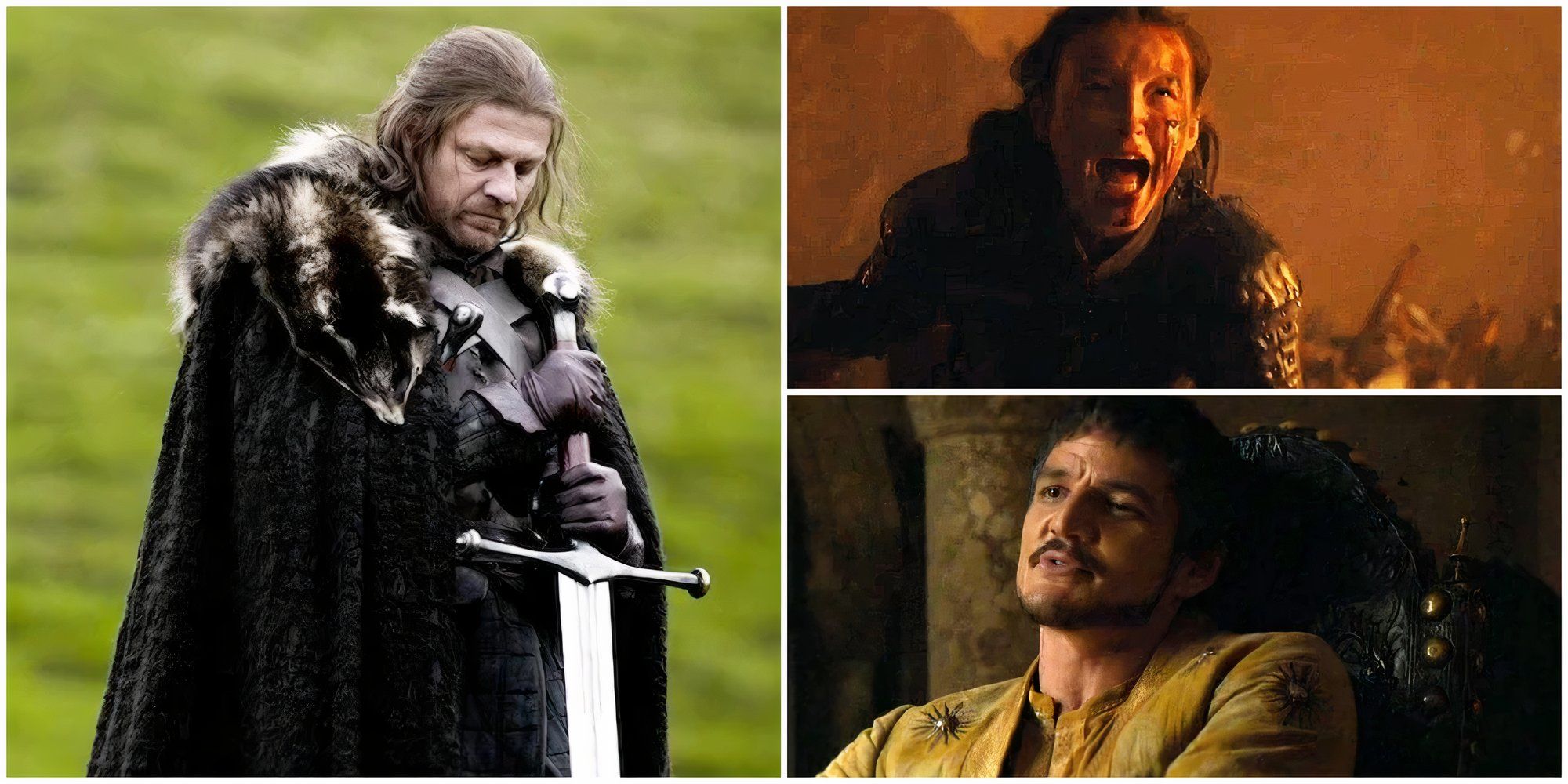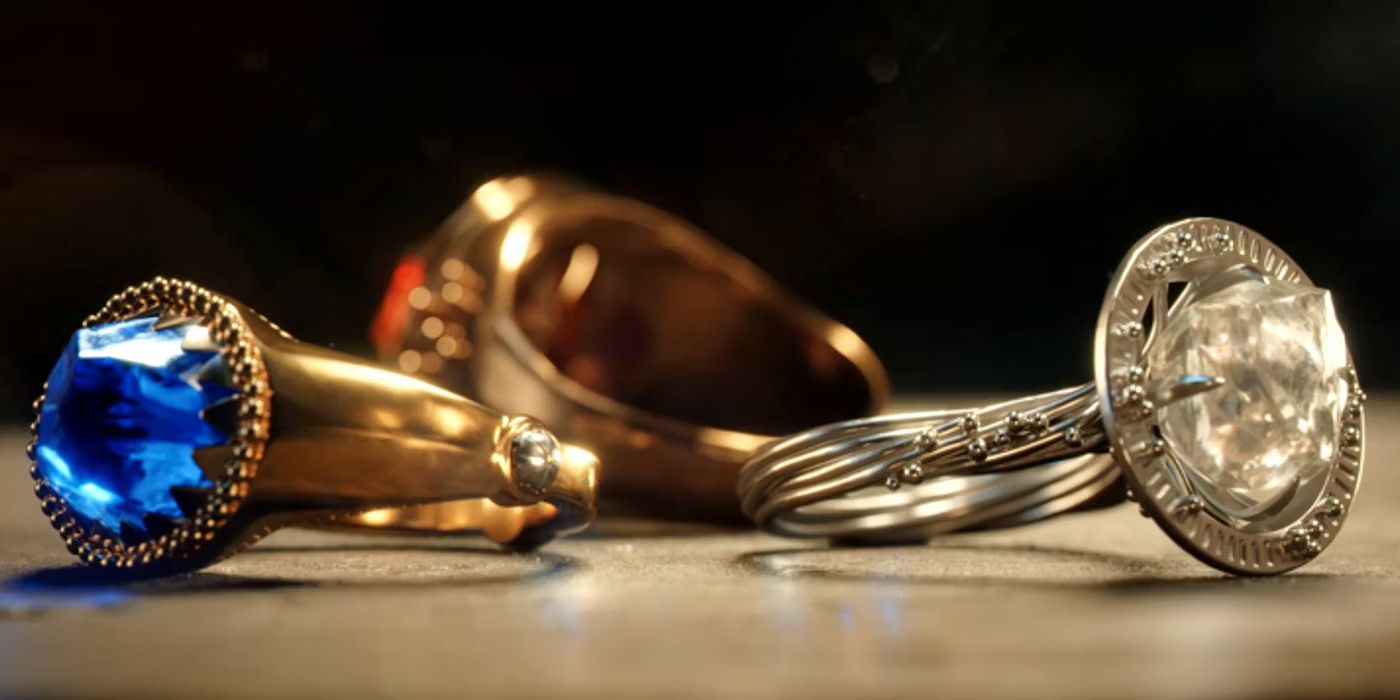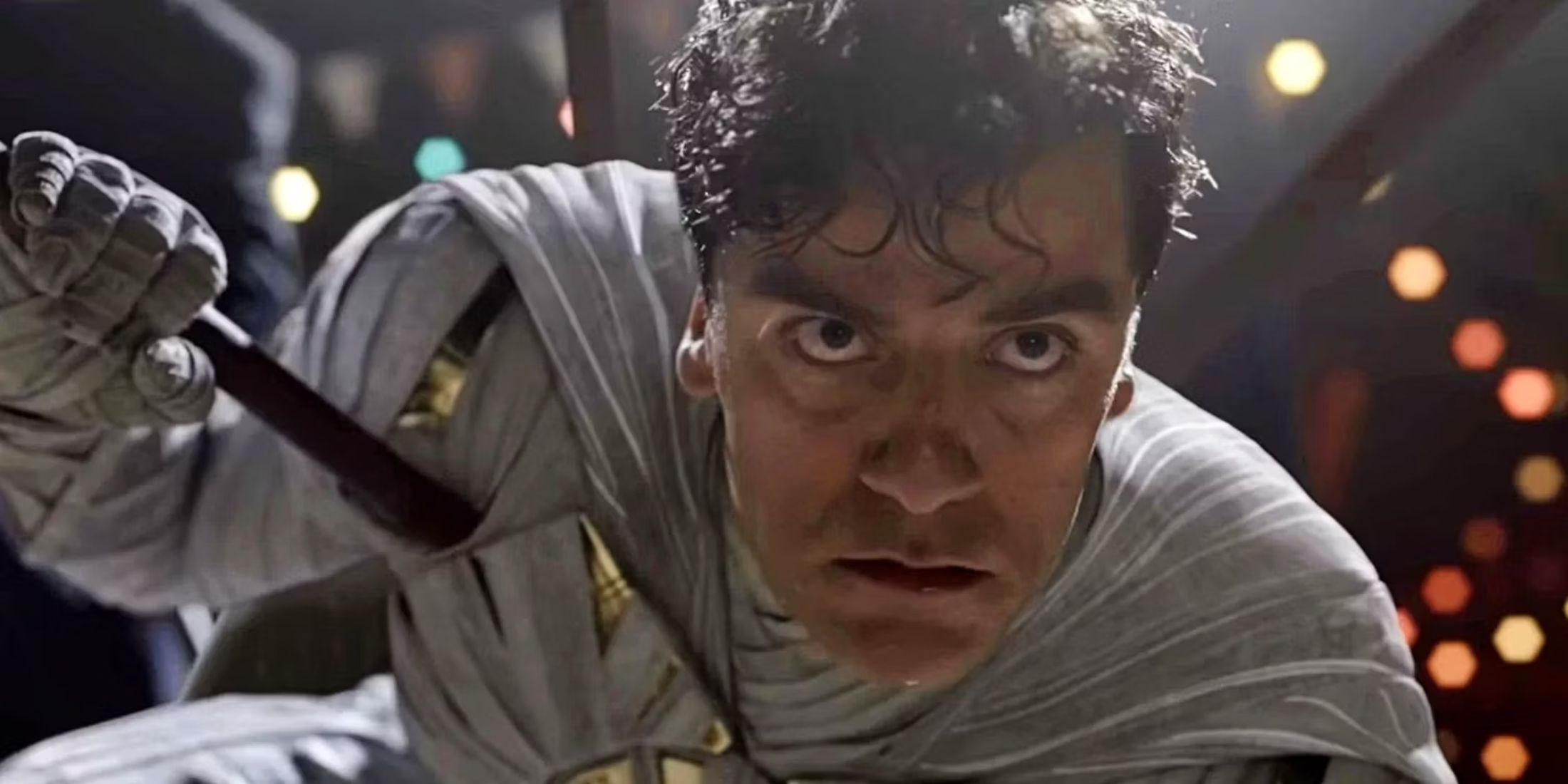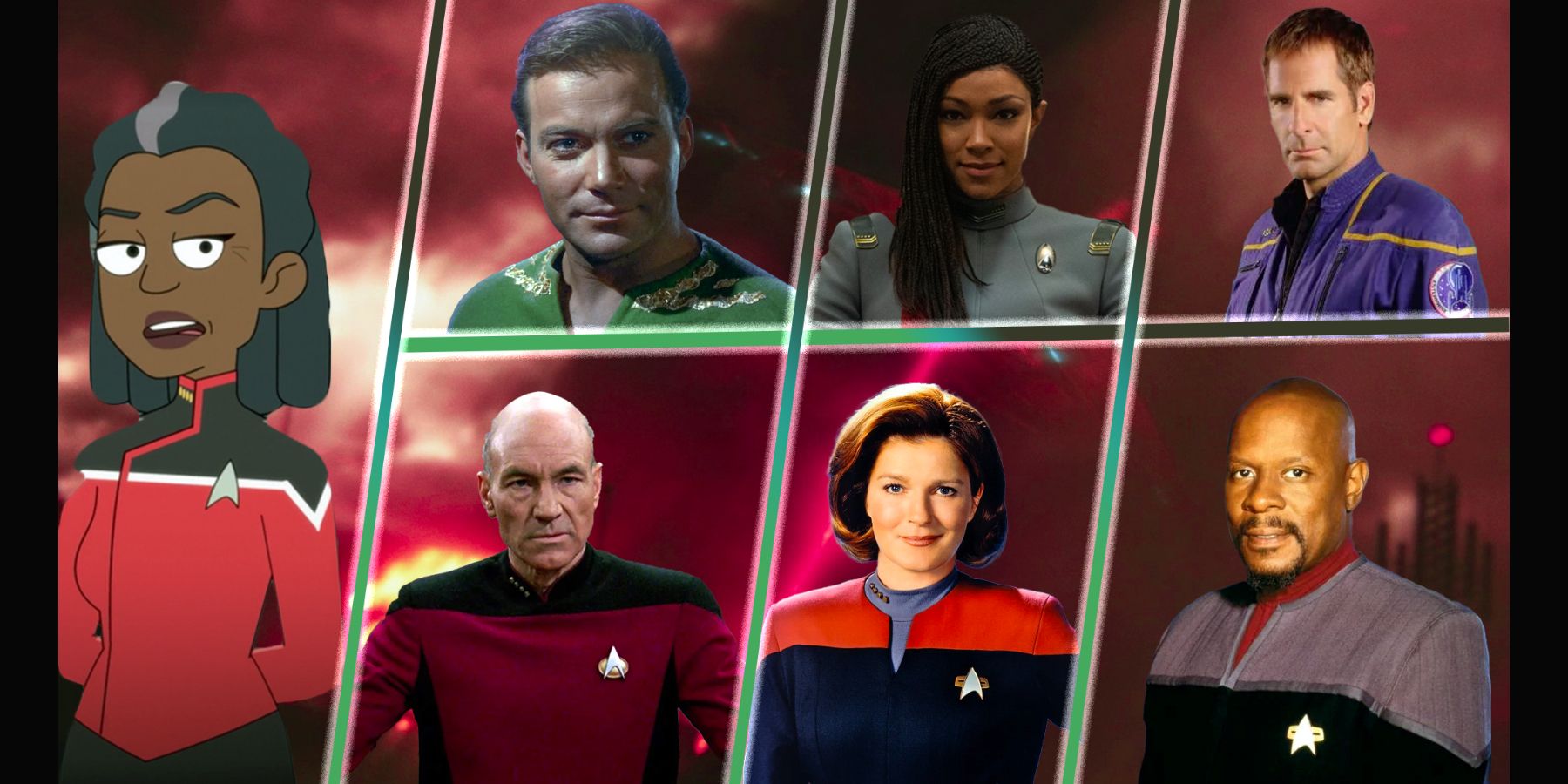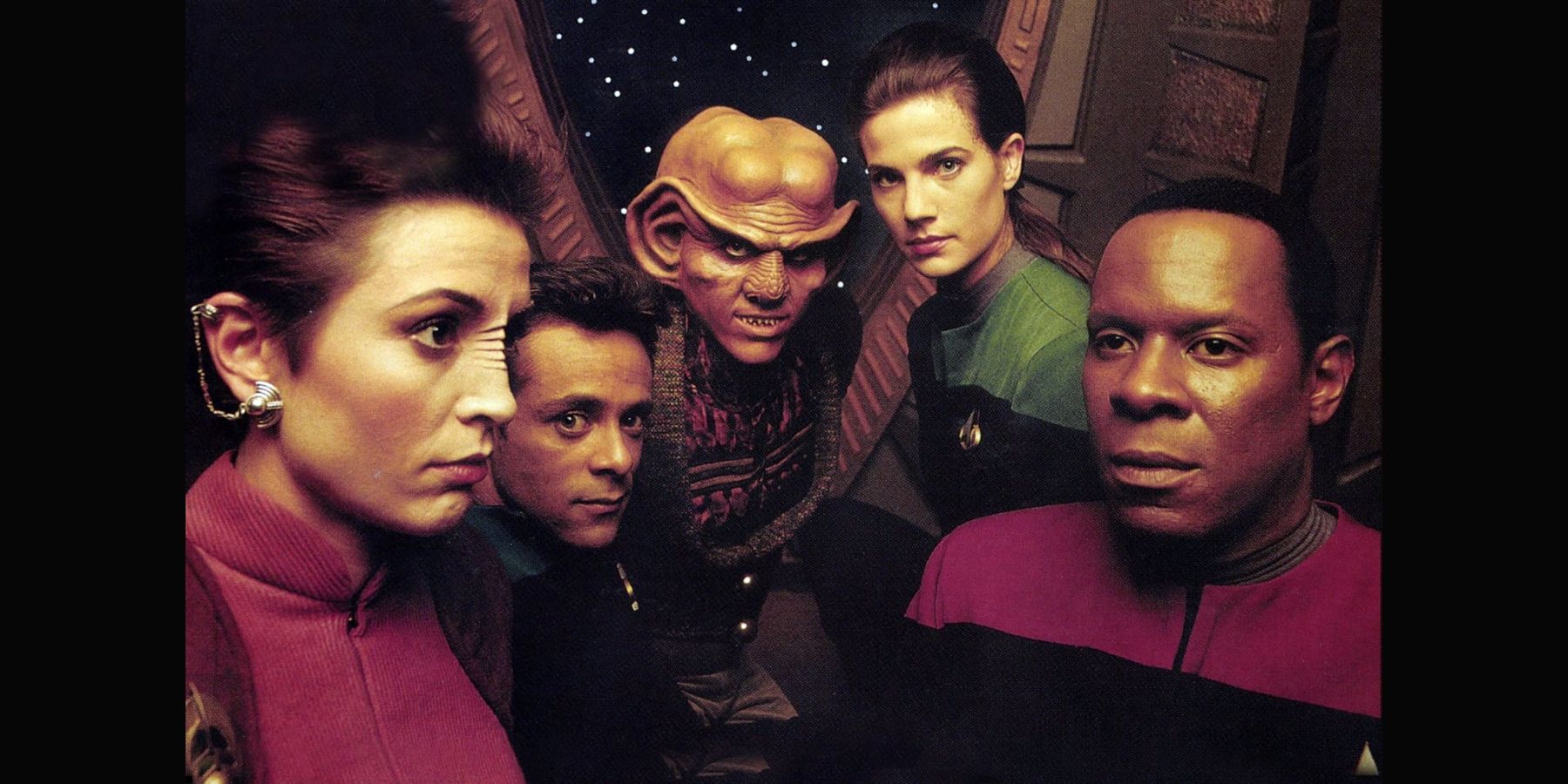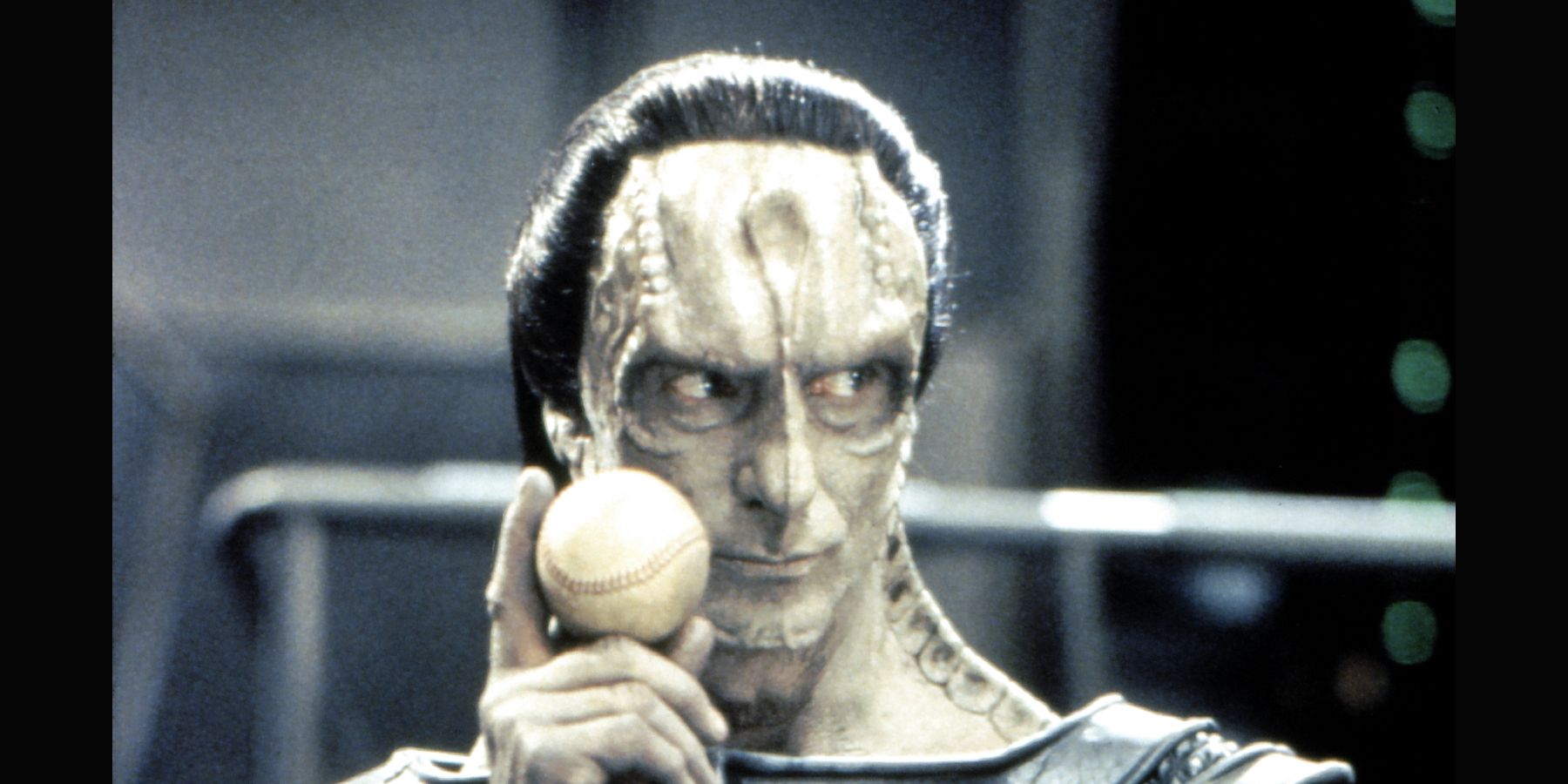Over the years there have been multiple additions into the Star Trek franchise, and each of them chooses to start in a very specific way. From the utopian vision pushed early on in The Next Generation to the comedic change of pace found within the newer animated series Lower Decks, they each set a theme for what is about to come. But out of all of these, which series had the best opener?
While many feel that Deep Space 9 is one of the best Star Trek programs, the show's opener is one that often divides fans. Some believe it to be the best from the franchise, setting a theme that this series will be different from any other, a darker and far grittier story that deals with the grief of death and war.
Many of the other shows in the franchise went through some drastic changes from their first seasons to their second. (TNG is famous for this, their first season being criticized heavily by fans.) However, DS9 had a sense of confidence about what it wanted to be, right from the start. That confidence shines through in the opening episode. It wanted to walk the fine line between duty and morality, for the first time questioning Starfleet authority. It intended on diving deep into the underprivileged space station that had been unceremoniously swept under the rug. All of this was shown straight away, through the disarray the station was in, the political quagmire between the Cardassians and the Bajorans, and the masterful acting skills of Avery Brooks' Sisko.
As part of showing how it's easy to be a saint in paradise, the show induced all of their main characters as a ragtag bunch of angry people. They were constantly at each other’s throats, rather than acting as a well oiled, perfectly organized part of a Federation machine. They were a mix of Starfleet, Bajoran officers, and civilians. They all had their own distinct gripes and issues that became ingrained as key parts of their flawed yet relatable personalities. One of these characters was none other than audience sweetheart Chief Miles O’Brien, his presence alone being a high contributing factor as to why the pilot episode and following seasons were so great.
Not only did the first episode set all this up, it also introduced the show's villain, Gul Dukat. Over the years, Star Trek has introduced some fairly brilliant villains: the Borg, Klingon, etc. However, they have never quite had the confidence to carry one specific villain from start to finish. The Borg were introduced during the TNG pilot, but they were ever-changing, more of a race of villains that a specific face to hate. While other shows did have recurring baddies, they were often interchangeable. With DS9, however, they confidently threw Dukat into the limelight right from the start. Though his specific role throughout the show changed — sometimes villain, sometimes friend — he was always the nefarious face of a nemesis.
The premise of a stationary space station was unique as well, and was set up perfectly during the show's first episode. It may have felt dangerously boring on paper, but it was actually a perfect plot device and endless source of material for the writers. Normally, the heroes of the shows would travel large distances and discover new life and new civilizations, but DS9 chose to have these lifeforms and anomalies come to them. It changes the dynamics of the show to a real focus on the people and individuals, and what they bring to the table. It made for much stronger recurring characters and races. Their presence aboard the station made much more sense than the intermittences traveling backwards to revisit old friends, or randomly bumping into them, they did so often in the other shows.
The reason some fans don’t rank the pilot episode so highly was most likely due to the nature of DS9 itself. A lot of fans did not want a gritty show, one that focused on politics and war. It veered away from the utopian vision Gene Roddenberry first envisioned for the franchise. It’s possible that Roddenberry would most likely have hated the show if he had lived to see it air, how it almost wiped out the Federation, and showed them to be equally fallible to greed and other flights of fancy normally reserved for the villains. However, it’s exactly what the show needed to survive. It was a risk, but a calculated one. The show ran alongside Voyager, which was far more episodic, lighthearted, and felt a lot more like traditional Star Trek. As such, those who needed a break from the dark politics of DS9 would tune into Voyager and vice versa. Either way, even to this day DS9 had the most impactful opener, a real and tangible marker for Star Trek’s new era, boldly going where no show had gone before.

